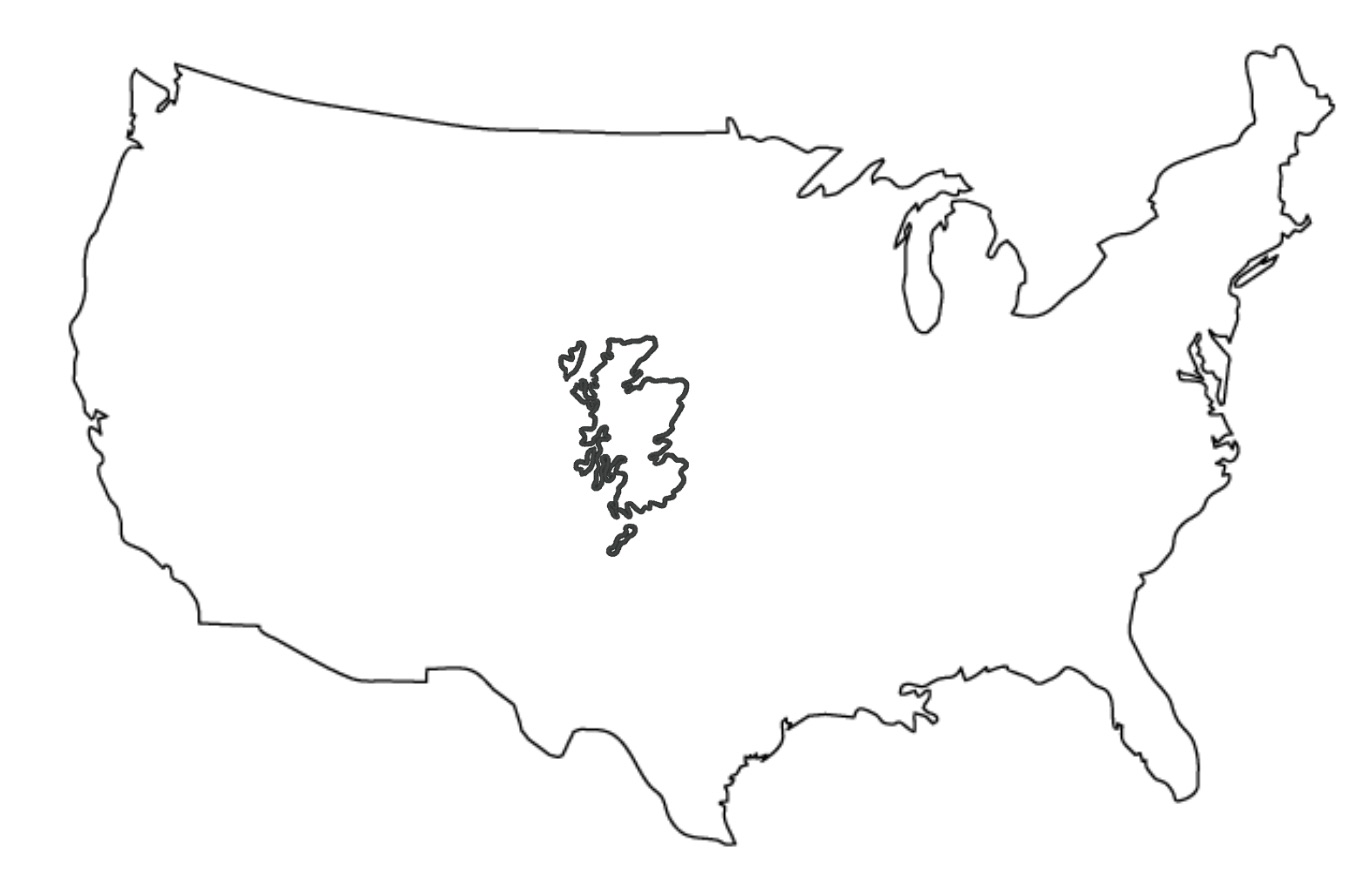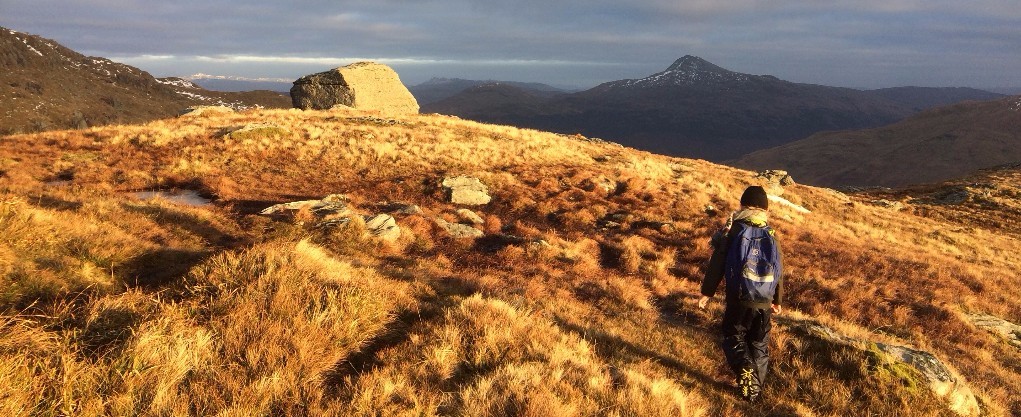I should explain something to my British friends. The U.S.A., that “sea to shining sea”, is in one way not at all free. It’s like this: Americans have no right to the land. If it’s yours, fine, you can go where you please on it, but for almost everyone in America this doesn’t amount to much. If it belongs to someone else, well, you can just stay away or else. Public space is normally built space designated for spending money. There are certain areas where general access is arranged, like the cordoned off state and national parks in which one may roam free for a time, but not actually live. Why the strict partition? People here, animals and forests there. It’s not just the same as a zoo, but it’s related. These places are, in their way, wonderful. But they are also a kind of fantasy. Many of these big areas of wilderness once had people in them, and in places such as the Land Between the Lakes in Kentucky, the Great Smokey Mountains National Park on the Tennessee/North Carolina border, and Shenandoah in Virginia, people were ripped from their homes so we could have nice wildernesses. I agree with the idea of conservation, but why is it only the idea of a pristine human-less wilderness – a human construct in itself – that is preserved? What about agrarian biodiversity? What about ecologically diverse human environments? Why in American may they not be preserved? I suppose this is related to what many call "Holistic Landscape Ecology", what the abstract to Zev Naveh's introduction to the topic refers to as "the urgently needed post-industrial symbiosis between nature and human society."
The U.S.A. is a land of walls. The concept of a general right to access the land doesn’t exist there, buried as it is under the idea of private ownership. That is to say, ultimately, theft. Imagine, though, if there were a region of the U.S. that you could more or less just wander around in, and that it was about this big:

I can’t stress enough how much the right to roam makes this tiny nation of Scotland feel so much larger than it is. That's helped of course by the pleasingly intricate coastline, hundreds of islands, tiny hamlets, and countless lochs. It is basically what you’d get if you took the Colorado Rockies and half submerged them in water. Then added castles. And rain. It isn’t all wonderful, of course; land ownership and usage in Scotland is depressingly opaque, arcane and archaic. Although a new law in 2016 may help. Forestry in the highlands mostly means paper farming, and even the wildest places are empty because of a historic need for sheep pasture rather than their remoteness. And conversely, the moment you enter a city in Scotland, it's all walls walls walls in every direction. There is nothing more typcial of a Scottish city than pointless barriers erected around purposeless land, as the long abandoned abattoir lot in my neighbourhood in Glasgow demonstrates. And yet, as a regular Jo with no land title, I am free once I leave the city. I really can simply go to the edge of town and walk away. There are limits, of course, and something called The Countryside Code, but the default position is that people may access the land, regardless of who it belongs to. Here we have exactly what many in America would see as an example of some European socialist nightmare. To me it is a dream. The land feels like it belongs to we the people, fundamentally, and purely, even if really the fate of the land is often in private hands. It is one of the greatest if least spoken of things about living in Scotland.

